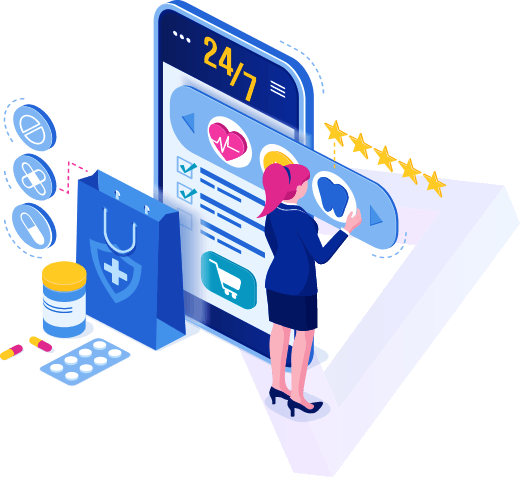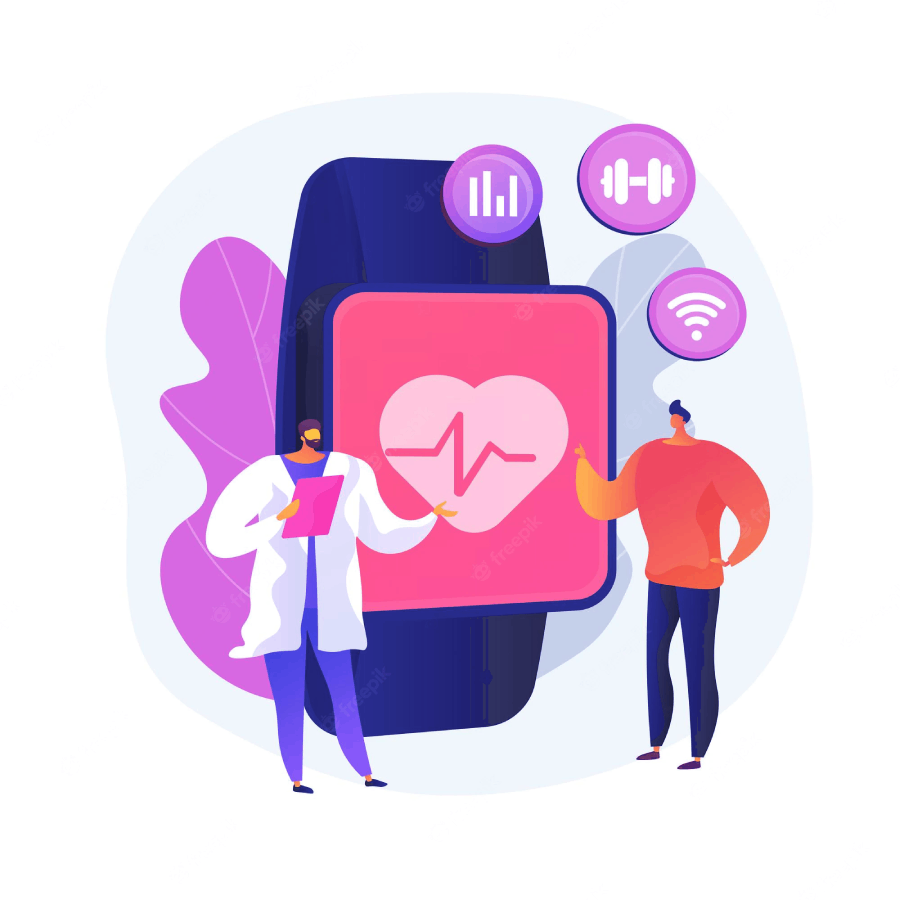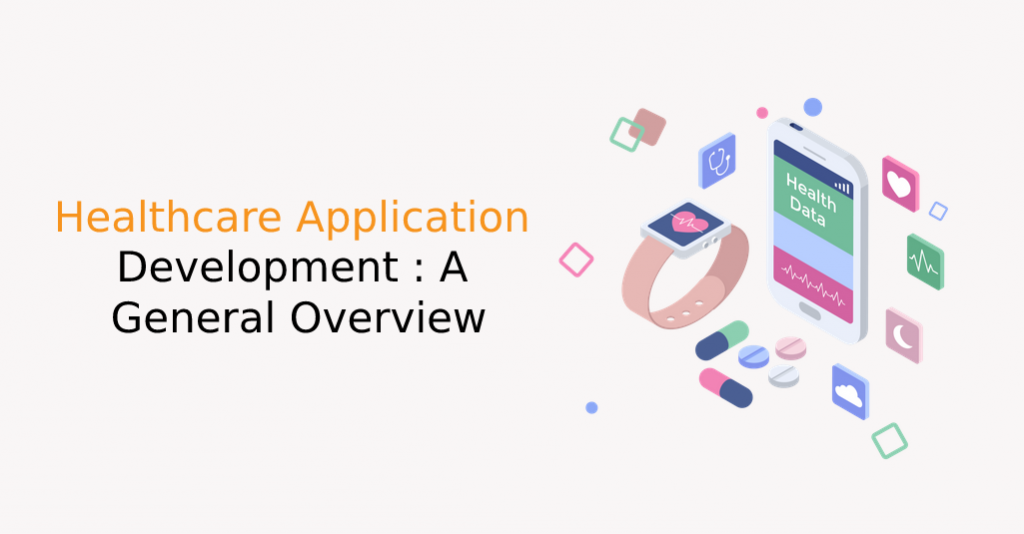The COVID-19 crisis provided an opportunity for healthcare providers to increase their service coverage. It also forced them to deliver rapid outcomes through the use of healthcare app development. Statista predicted the telemedicine market size trends even before the outbreak. According to their research, the telemedicine business would be worth more than $175 billion by 2021.
Why is Telemedicine Platform Development a Profitable Investment?

What Are the Advantages of Telemedicine App Development?
With bespoke telemedicine app development, you may conduct healthcare practice online. It will provide the following advantages to your company:
- Those living in rural places have easy access to expert care.
- Medical care is available around the clock for anyone in need.
- Medical help is readily available in crises and natural catastrophes.
- There are no communication obstacles between health clinics that offer specialized services and consultations.
- There is no need for patients to be hospitalized for check-ups or to commute.
- Treatment expenses for healthcare services have been reduced.
- Efficient medical record management and secure access to clinical data.
- Patient management and monitoring are unified, including follow-up visits.
- Capabilities for online prescription updates and tracking of patients with chronic conditions.
Have An Idea for Telemedicine App?
Telemedicine App's Challenges
1. Security & Compliance
A telemedicine app development project must prioritize compliance for enhanced data protection. When creating bespoke HIPAA-compliant software, keep the following aspects in mind:

- Data decentralization to limit the possibility of illegal clinical information tampering.
- Use only API frameworks that have been verified.
- Taking advantage of the security of end-to-end encryption technologies.
- Use a reputable HIPPA-compliant data storage service, such as AWS.
- Using authorization for multiple devices.
- Use libraries with the most recent security patches.
- Using biometrics to gain app access.
2. Technical Training Dependency
3. Addressing the right UI & UX for a varied audience
Looking for the best healthcare software development company in India?
Technologies Used in Telemedicine Apps
- Artificial Intelligence (AI)
- Big Data
- Blockchain
- Internet of Things (IoT)
Final Thoughts
To summarise, healthcare organizations must begin investing in telemedicine app development if they want to remain competitive and satisfy their end users in the next years.



